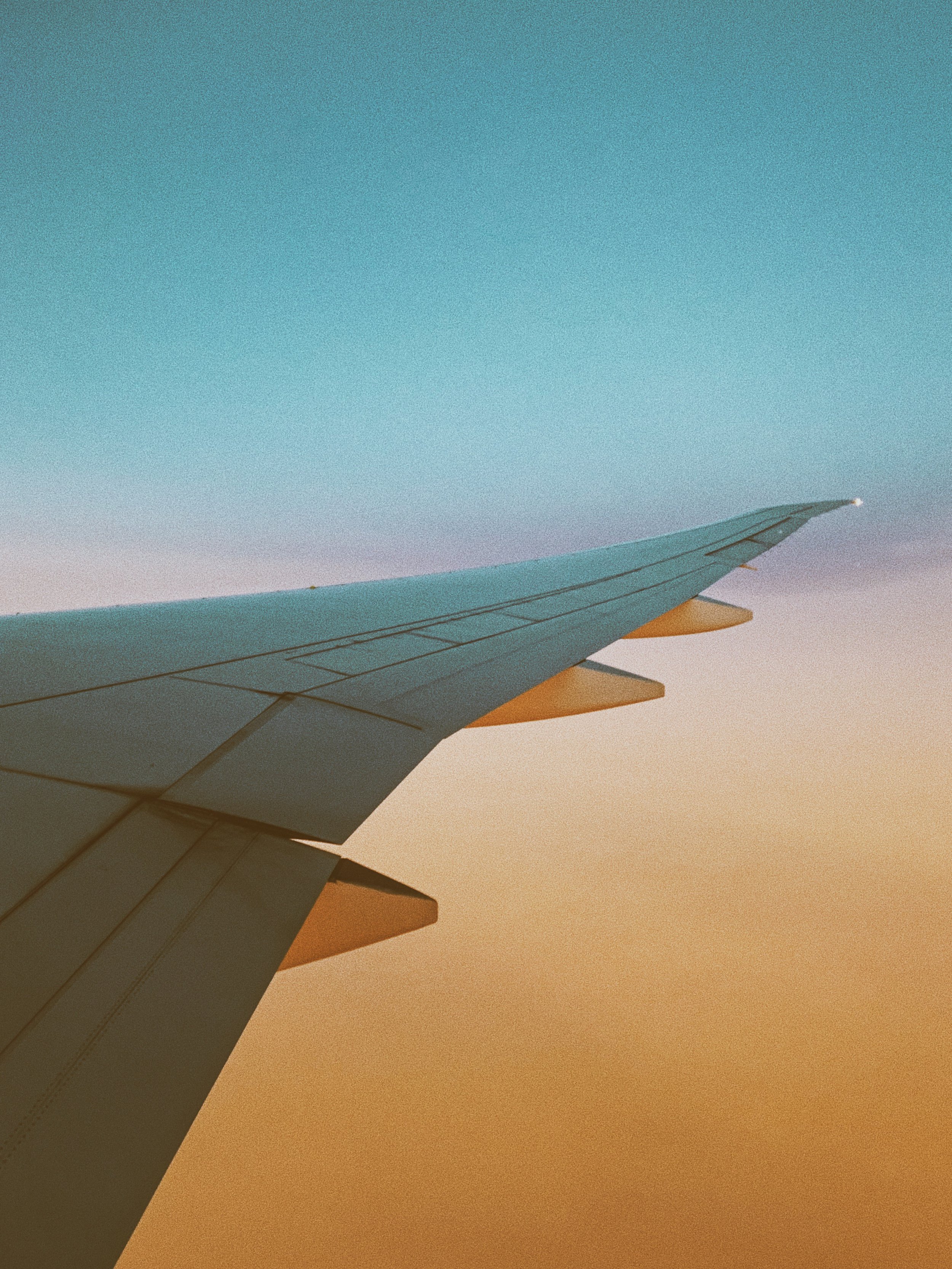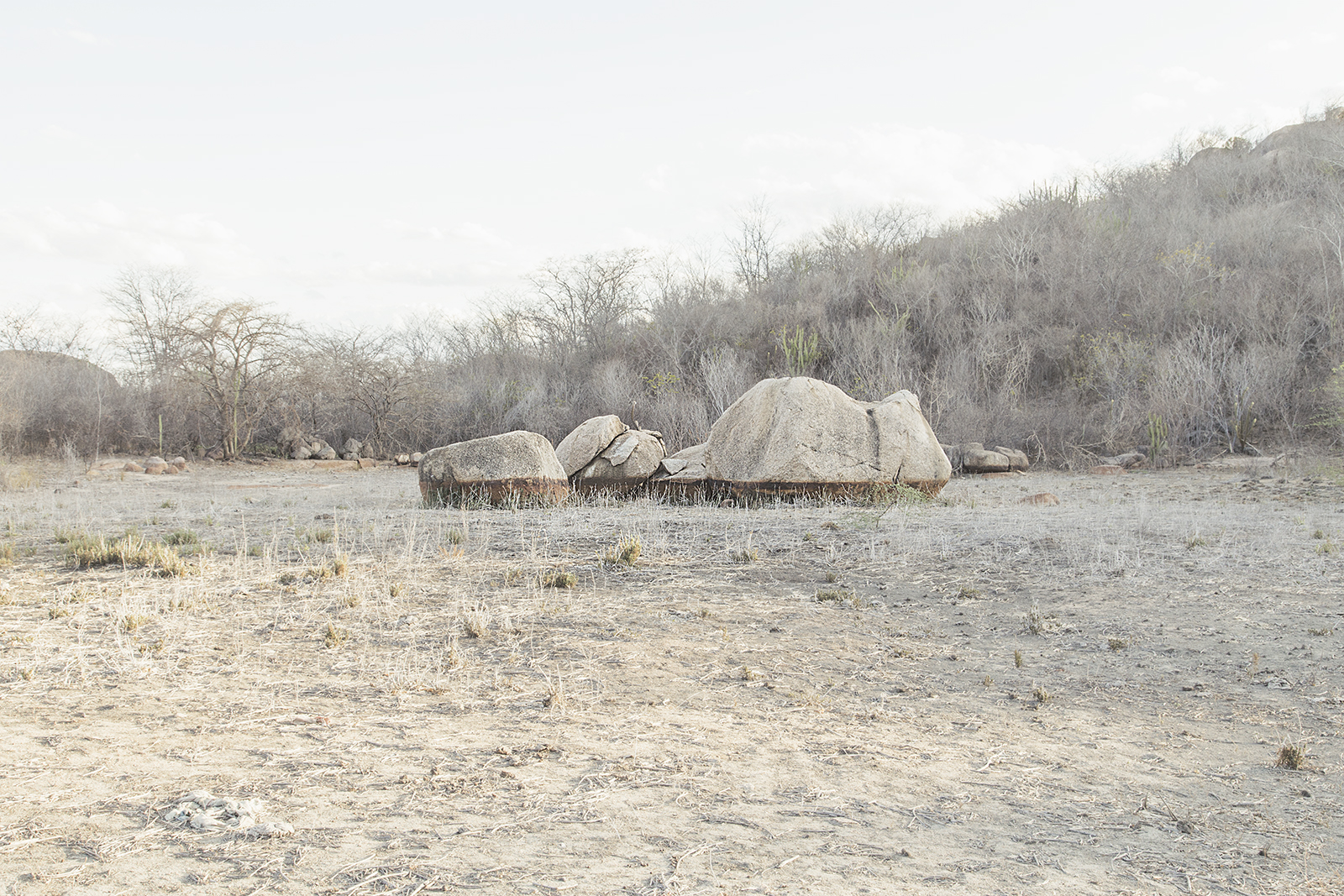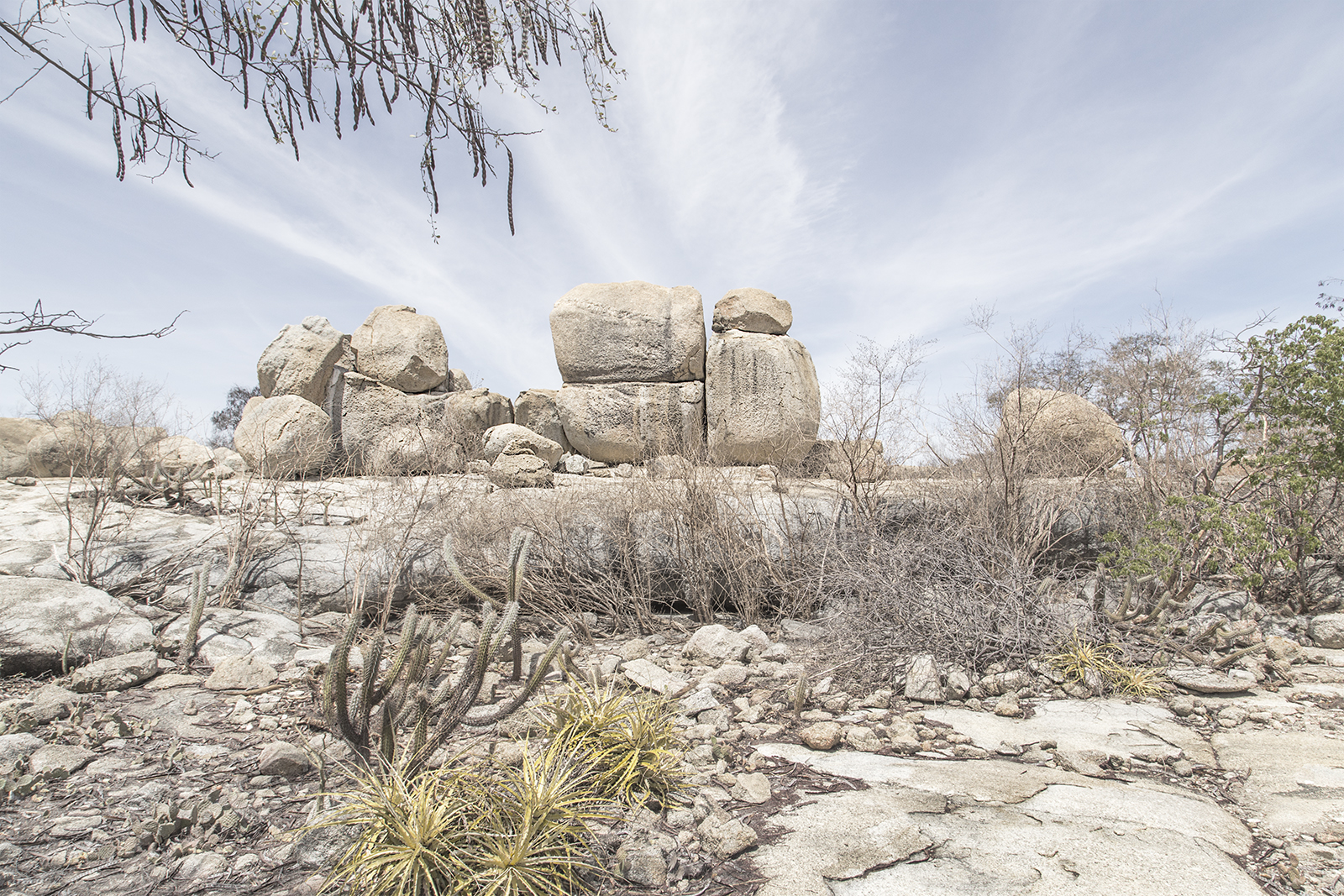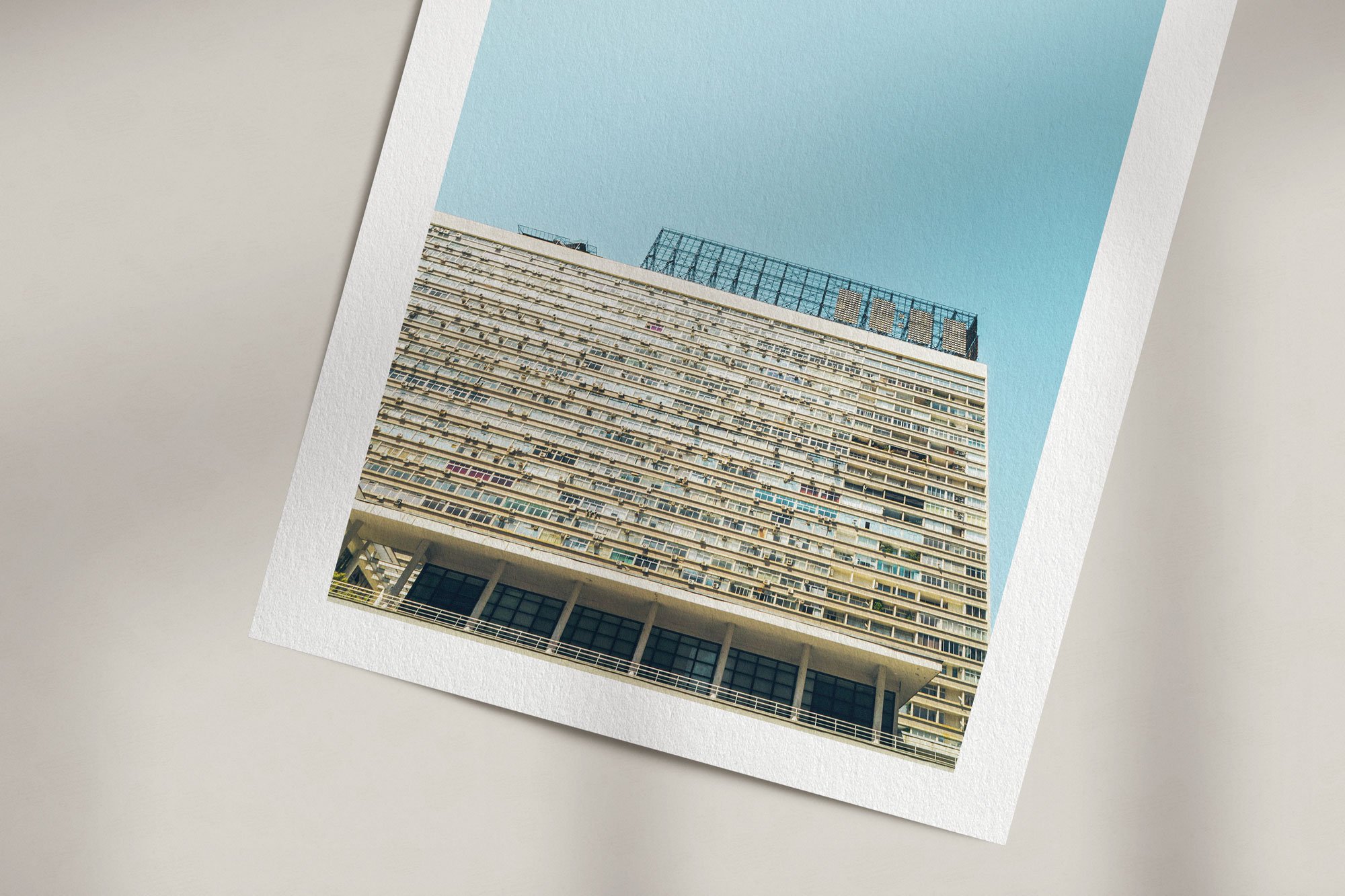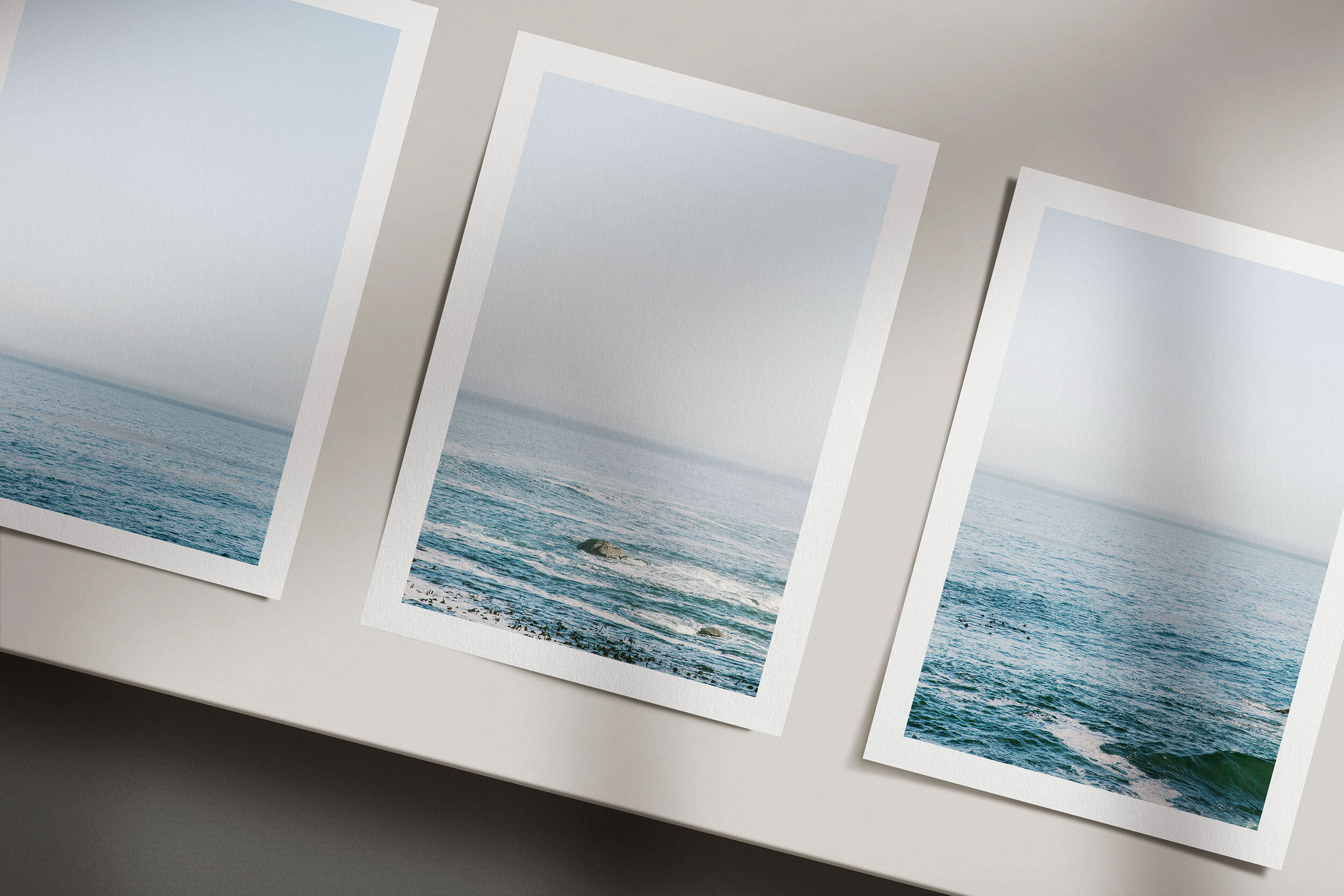Have you ever found yourself lost in the maze of camera options, wondering which one is the "best" or offers the best "bang for your buck"? As a photographer, I've been there countless times. The ever-evolving market bombards us with new gadgets, each more expensive than the last. It's a challenge that extends beyond gear – it affects how photographers navigate the financial aspects of their craft and price their work.
Reflecting on my journey, I realized that the type of equipment was never the deciding factor in capturing a great photo. The best camera for a shot is the one you have in that moment, the one that's with you. So, does this mean the best photo is the one you could capture in that specific moment? It's about context; it's about understanding the story behind the image and the person behind the lens.
When I started my photography journey in the early 2000s, professional cameras were a luxury. Smartphones were in their infancy, far from the powerful devices we have today. So, I opted for what I could afford – simple, plastic, analog cameras. Also, I bought expired films at bargain prices. One memorable purchase was the Vivitar PN2011, a plastic camera from the '90s that surprisingly had a panoramic function. It cost me 10 dollars back then (brand new). A quick search now reveals used ones for as low as 5 dollars.
Despite its humble origins, that Vivitar became my favorite camera. I experimented with it, noting down every trial and error in a journal. I remember bringing it to the São Paulo Fashion Week (FFW), where most people asked me about it and dismissed me. However, it was these kinds of cameras, especially the Vivitar PN2011, that pushed me to think outside the box and experiment with photography. They allowed me to make mistakes, realizing that errors could be successes, and serendipity could be enchanting.
Fast forward to today, and modern smartphones make photography more accessible than ever. It's not about the device; it's about the ease and results it offers. Photography isn't just about technique; it's about a photographer shaping their career through trial and error. As Henri Cartier-Bresson once said, "Your first 10,000 photographs are your worst." With today's ultramodern iPhones, I might add, "Your first 100,000 photographs will be your worst."
In conclusion, the more you shoot, the better you get. The device is just a tool. As a photographer, embracing the journey, learning from the mistakes, and constantly experimenting is what truly defines your art. So, the next time you ponder which camera to buy, remember, it's not about the gear; it's about your vision.
And to illustrate this post, I chose some photos taken with a cellphone, applying my experiences with analog films and cameras.


